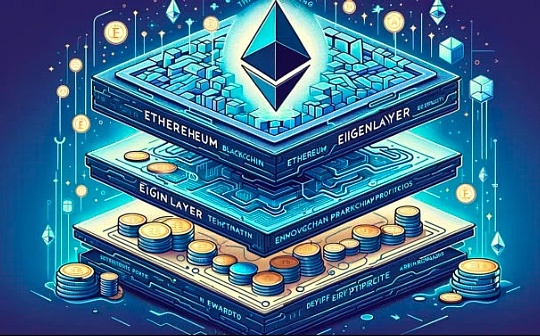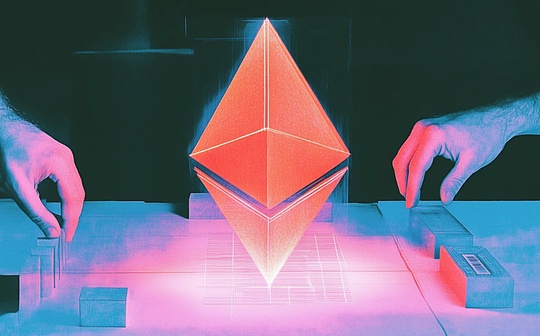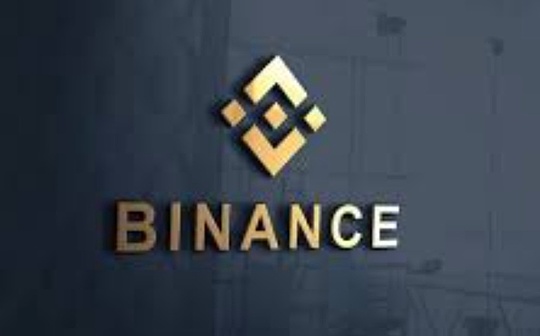
Author: HAOTIAN
Recently, @VitalikButerin said that Cross-L2 interoperability solution is no longer a problem. Although the specific project is not specified, combined with the wonderful discussion in the comment area, I have summarized some solutions that can solve Cross-layer2 interoperability.as follows:
1) Based-Rollup
In the Ethereum layer2 camp, there are some projects that pursue Compatible equivalent. By allowing layer2 and layer1 to share components as much as possible, they can achieve maximum compatibility with EVM, so that layer2 can directly hand over the sorter function to the main network to complete.
Specifically, when the main network’s Proposer retrieves Mempool transactions, it can use a special Route similar to MEV-Boost to grab the Rollup Batch transactions, and then directly complete the sorting and linking on the main network.Representative Project @taikoxyz
2) CrossChain-Rollup
The powerful ZK technology provides a possibility to establish a trust-free mechanism for iso/heterogeneous chains in complex environments, including the interoperability between isogeneous chains such as EVM-Compatible. Cross-L2 belongs to this category, except for this.In addition, ZK technology can also connect complex, smart contract-free interoperability such as EVM and Non-EVM.
Specifically, the ZK technology framework will become an underlying communication protocol, which allows homo/heterogeneous chains to complete absolutely secure and trustworthy messaging without viewing the other party’s specific data without just verifying the Proof proof.ZK-Rollup is essentially a process in which off-chain layer2 calculates a large amount of data into Proofs proof, and then lets the main network Rollup contract directly verify and Finality.Representative project: @ProjectZKM’s Entangled Rollup Network unified liquidity layer.
3) Intent-Rollup
Intent transactions have always been regarded as the key to the Crypto market embracing Mass Adoption. They can accommodate account abstraction, chain abstraction, AI Agent, Pre-Confirmation and other related directions.Intent transactions are essentially “abstracting” the user’s needs to implement programmable features, and then performing user’s needs through a decentralized Solver solver platform to achieve optimization of user’s transaction experience.
Intent intention will be the ultimate destination of ideal transactions, which can lower the threshold for users to enter the Crypto market and attract incremental users to the industry.It is not difficult to understand the intent track, but the challenge of programming the user’s vague and complex needs will be huge and the agent will be perfectly executed by the agent. It requires a huge Solver solver to handle the network.Representative project: @dappOS_com
4) Layer2 Based-layer3
Everyone knows that the top layer2 projects Arbitrum, Starknet, Optimism, etc. have successively launched layer3 application chain strategies. The layer3 application chain has customizable features, has their own independent Tokenomics, and can also customize Gas, but it depends on the basic components of layer2 to provide services., the most typical example is interoperability.
The layer2 chain can provide a cross-application chain communication foundation for the layer3 application chain based on its own shared Sequencer, shared Prover, etc.Representative project: @arbitrum Orbit
5) Cosmos IBC Based – Rollup
Cosmos’ IBC communication framework provides a basic interoperability capability for all links connected to Cosmos Hub. If Cosmos IBC’s capabilities are focused on the Ethereum layer2 ecosystem, an interactive operation based on Cosmos IBC is realized.layer2 interoperable layer.
This solution will directly retain the core code of the Cosmos SDK, while reducing development costs, and at the same time conducting targeted additional development for the Ethereum ecosystem, thus allowing Cosmos’ general interactive operation to be perfectly implemented in the Ethereum ecosystem.Representative project: @Polymer_Labs
6) AVS Based – Rollup
Eigenlayer’s middleware service protocol implements a capability that allows Ethereum mainnet Validators to commercialize its own consensus to other Rollup layer2 or other homogeneous chains.
This solution is essentially by allowing Ethereum validators to repeatedly pledge LST tokens, and based on a set of reward and punishment economic mechanisms to constrain Validators to build security consensus on other chains.If layer2 uses AVS to construct consensus, which is equivalent to another economically driven Based-Rollup, the main network component can participate in the cross-chain interaction process of layer2.Representative project: @alt_layer
7) Modular-Rollups
When modularization reaches a certain level, the Rollup as a Service paradigm will drive the prosperity of layer2’s one-click distribution chain market.At that time, a layer2 network may share Celestia’s DA data availability layer, as well as shared execution layers such as Solana’s VM or Ethereum EVM, and treat Ethereum as the shared settlement layer of these Rollups.To achieve absolute modular collaboration, cross-chain collaborative communication between different modules or different chains is the basic premise.Representative project: @AvailProject
……other
Note: Let me give you an example only to a few familiar directions, which may not be complete.There will be many differentiated projects in the same direction and at the same time, so you can add them in the comment section.(They are all aimed at eliminating centralized cross-chain bridges and CEX asset transfer stations)
I hope Vitalik can jump out and make such a sound, but please do not point to a certain project. The premise of To Vitalik’s innovation is definitely not Vitalik’s call for single endorsement.Of course, there are many project directions that will challenge Ethereum’s core position, but Ethereum must break out of the Ethereum central thinking in the future, and only by looking at the Ethereum “ecology” can you see the whole picture, right?








